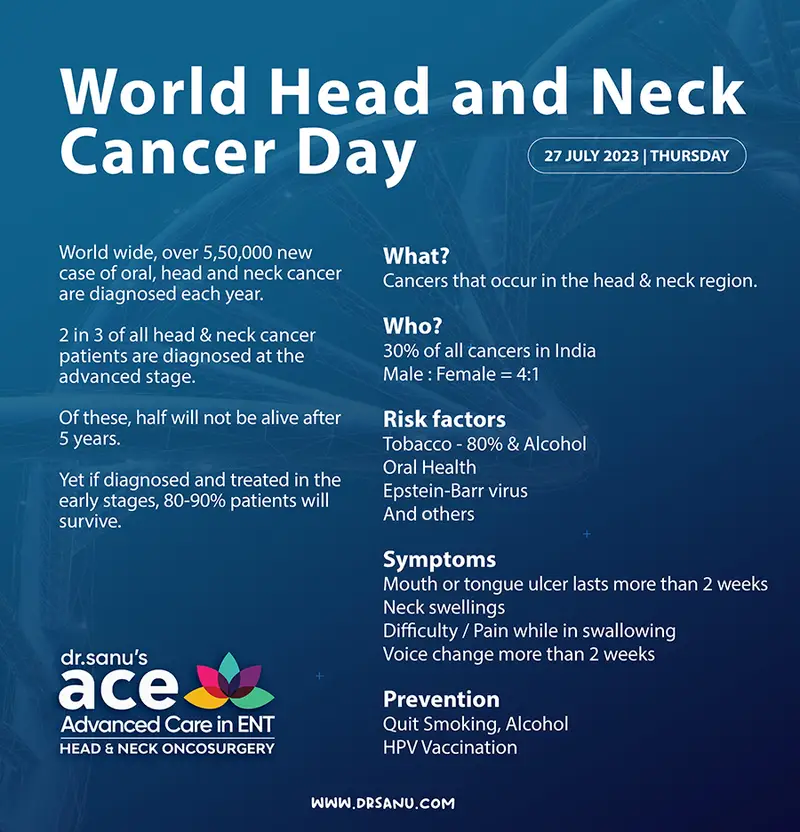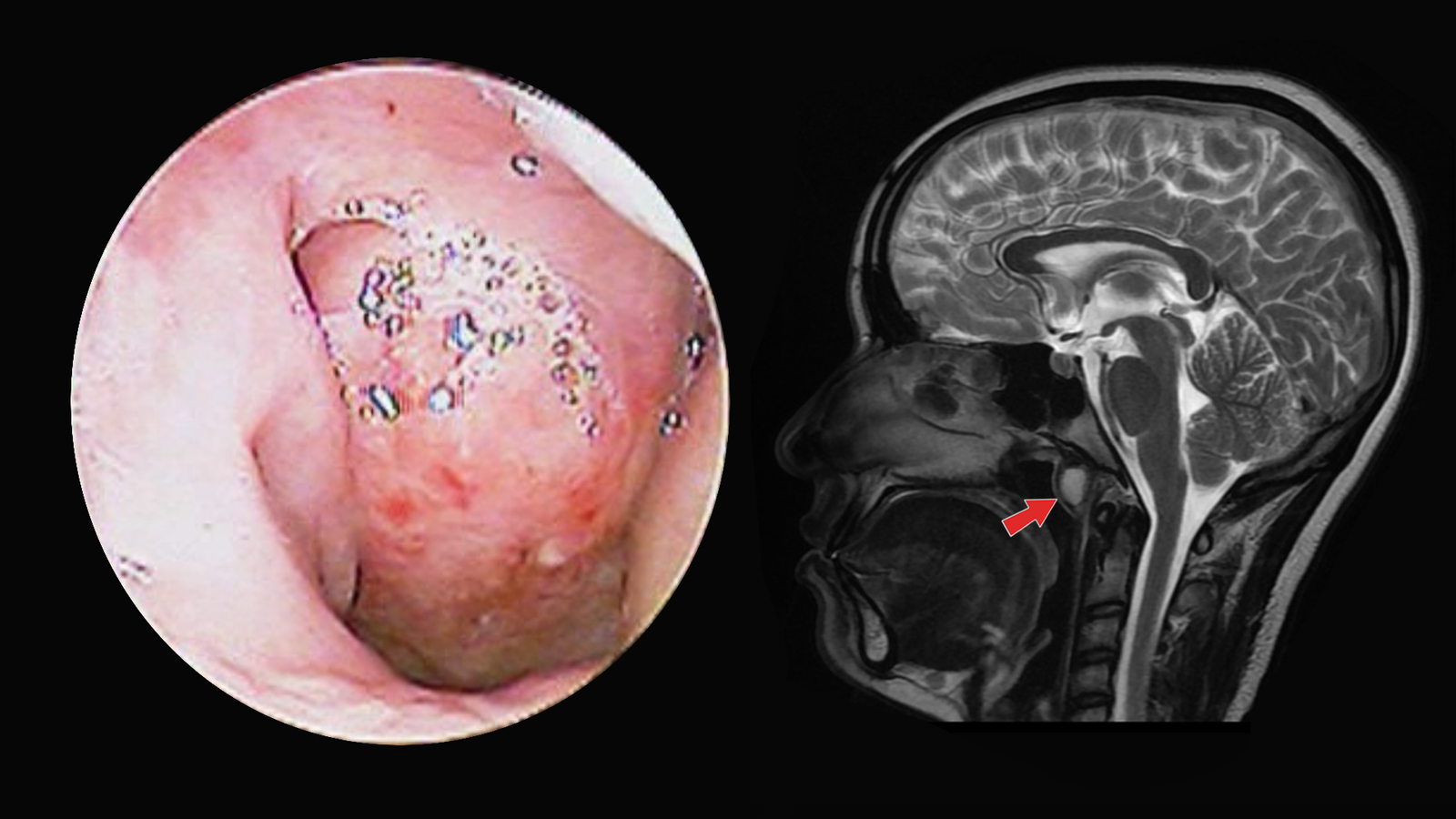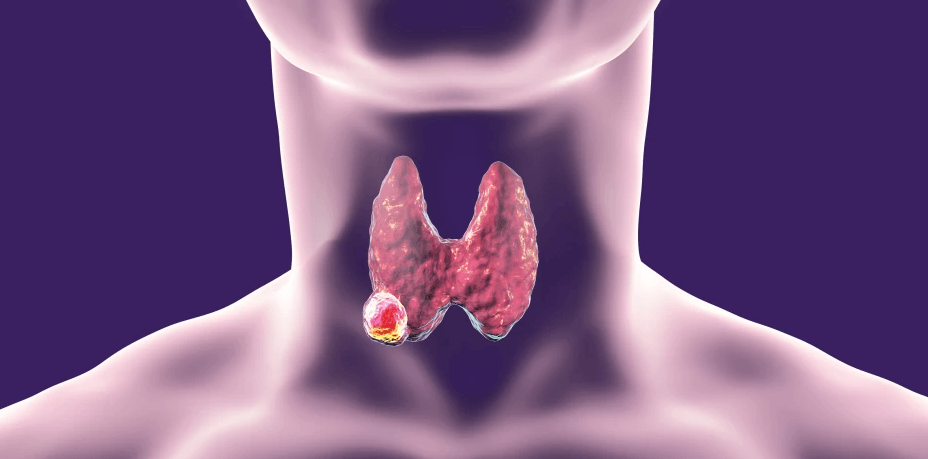World Head and Neck Cancer Day! Join the Fight Against Head & Neck Cancer
Cancer, an adversary that knows no boundaries, continues to impact lives around the world. Among its many forms, head and neck cancer stands as a formidable challenge, affecting thousands of […]
Posted on
Vestibular Neuronitis / Acute Unilateral Peripheral Vestibulopathy
Vestibular neuronitis, also known as acute unilateral peripheral vestibulopathy is a common disorder of unknown origin characterized by inflammation of vestibular nerve (VIII-th cranial nerve) confined with in bony internal […]
Posted on
കൂർക്കം വലി എങ്ങനെ പരിഹരിക്കാം, എന്താണ് കാരണങ്ങളും ചികിത്സയും?
“അയാളെ നോക്കൂ.. എന്ത് സുഖമായി കൂർക്കം വലിച്ചു ഉറങ്ങുന്നു. ” പലപ്പോഴും കൂർക്കം വലിച്ചു ഉറങ്ങാറുള്ള ഒരാളെ ചൂണ്ടി കാണിച്ചു നമ്മൾ പറയാറുള്ള വാചകമാണ് ഇത്. എന്നാൽ കൂർക്കം വലിച്ചുറങ്ങുന്ന ഒരാൾ സുഖകരം ആയി ആണോ ഉറങ്ങുന്നത്? അല്ല എന്ന് നിസ്സംശയം […]
Posted on
Choanal Atresia – Clinical Features and Treatment
Choanal atresia is a rare congenital abnormality with a reported incidence of 1 in 5000 / 8000 live births. The condition is characterized by the partial or complete obstruction of […]
Posted on
Tornwaldt cyst – Clinical presentation, Diagnosis and Treatment
Tornwaldt cysts also spelled as Thornwaldt cyst or Thornwald cyst are benign, midline cystic swelling located in the roof of nasopharynx. It is also known as Pharyngeal bursa (Luschka Bursa). The […]
Posted on
Sruthi Tharangam – Kerala Government Cochlear Implantation project
Cochlear implants are proven options for the treatment of profound hearing loss. “Sruthi Tharangam” is a Kerala state government aided free cochlear implantation program for kids less than 3 years […]
Posted on
Ototoxicity – Drug induced hearing loss
Ototoxicity is a chemical injury to the labyrinth occurring as a side effect of pharmacotherapy. An ototoxic insult may affect hearing, vestibular functions or both. Types of ototoxicity Reversible / […]
Posted on
Gayathri’s Adenoidectomy: How One Procedure Changed a Little Girl’s Life?
Sleep disturbed breathing is a common condition that affects both children and adults. For children, this condition can be particularly problematic as it can impact their physical and cognitive development. […]
Posted on
Obstructive Sleep Apnea – An overview
Obstructive Sleep Apnea (OSA) is a common sleep disorder that is characterized by repetitive episodes of partial or complete upper airway obstruction during sleep, resulting in intermittent hypoxia and sleep […]
Posted on
World Sleep Day
World Sleep Day is an annual event that is observed on the Friday before the spring equinox. The event is organized by the World Sleep Society, which is dedicated to […]
Posted on
കുട്ടികളിലെ കേൾവിക്കുറവ് : മാതാപിതാക്കൾ അറിയേണ്ടത്
ലോകമാകെ, ആയിരത്തിൽ അഞ്ചു കുട്ടികൾക്ക് എന്ന തോതിൽ കണ്ടു വരുന്ന കേൾവിക്കുറവ്, മനുഷ്യരിൽ ഉണ്ടാകുന്ന ജന്മവൈകല്യങ്ങളിൽ മുൻപിൽ നിൽക്കുന്ന ഒന്നാണ്. ശാരീരികമായ ബുദ്ധിമുട്ടുകൾ ഒന്നും ഇല്ലാത്തതിനാലും, പുറമേക്ക് പ്രകടമല്ലാത്തതിനാലും പലപ്പോഴും തിരിച്ചറിയപെടാതെ പോകുന്ന ഒരു വൈകല്യമാണ് കുട്ടികളിലുള്ള കേൾവിക്കുറവ് അഥവാ ബധിരത. […]
Posted on
Thyroid Cancer – Patient information
The thyroid gland is a butterfly-shaped gland located in front of the neck. Thyroid gland produces thyroid hormones. It is secreted into the blood and then reaches all the cells […]
Posted on
തൈറോയ്ഡ് ക്യാൻസർ – അറിയേണ്ടത്
തൈറോയ്ഡ് ഗ്രന്ഥി എന്നത് ചിത്രശലഭത്തിന്റെ ആകൃതിയിൽ കഴുത്തിന്റെ മുന്നിൽ ആയി സ്ഥിതി ചെയുന്ന ഒരു ഗ്രന്ഥിയാണ്. തൈറോയ്ഡ് ഹോർമോണുകൾ ഉൽപാദിപ്പിക്കുക എന്നതാണ് തൈറോയ്ഡ് ഗ്രന്ഥിയുടെ ജോലി. അത് രക്തത്തിലേക്ക് സ്രവിക്കുകയും പിന്നീട് ശരീരത്തിലെ എല്ലാ കോശങ്ങളിലേക്കും എത്തുകയും ചെയ്യുന്നു. തൈറോയ്ഡ് ഹോർമോൺ […]
Posted on
Presbycusis – Age Associated Hearing Loss
Presbycusis, or age associated hearing loss, is a common cause of hearing loss in adults. The condition has very bad impact on the quality of life of millions of elderly […]
Posted on
അഡിനോയ്ഡ് ഹൈപെർട്രോഫി, അഥവാ കുട്ടികളിലെ മൂക്കിലെ ദശ വളർച്ച
എന്താണ് അഡിനോയ്ഡ്? മൂക്കിന്റെ പിന്നിലായി, 2 വയസു മുതൽ 12 -15 വയസു വരെ ഉള്ള എല്ലാ കുട്ടികൾക്കും ഉണ്ടാകുന്ന സാധാരണ ഗ്രന്ഥിയാണ് അഡിനോയ്ഡ്. സാധാരണ രീതിയിൽ 12 വയസു വരെ ഉള്ള കുട്ടികളിൽ ആണ് അഡിനോയ്ഡ് ഗ്രന്ഥി കണ്ടുവരാറുള്ളത്. 12 […]
Posted on













